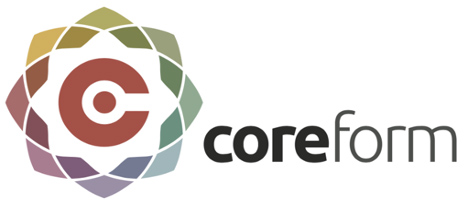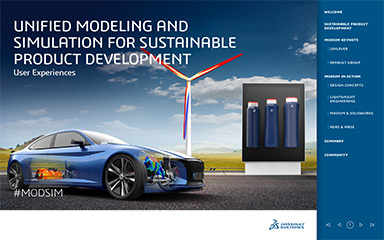Coreform Gets U.S. Energy Department Nod to Advance Automotive Simulation
Company wins DoE Phase IIB SBIR to develop an isogeometric approach to streamlining structural dynamics simulation for automotive and other applications.
Latest News
May 4, 2021
Coreform LLC, developer of commercial spline-based simulation software, announces its award of a Department of Energy Phase IIB Small Business Innovation Research to develop an isogeometric approach to streamlining high-end structural dynamics simulation for automotive and other applications.

Developers in automotive, defense and related industries seek to run computer simulations on new designs to ensure accuracy, assess failings and predetermine fatal and non-fatal errors; however, setting up and running these simulations is complex and expensive, the company reports.
Coreform has developed a technology that might solve this problem. Their flexible isogeometric analysis (Flex IGA) technology allows the interaction between the workflows in engineering design and analysis to be dramatically shortened, with improved accuracy. The Coreform technology will give analysts the ability to calibrate the level of accuracy given their requirements, from allowing for simulations to be run on CAD geometry with zero model simplification to detailed modeling for extreme accuracy, the company says.
“We are very proud of the Flex IGA technology, and we are pleased that the DOE SBIR program sees this as a valuable project to pursue,” says Coreform Director of Product Management Gregory Vernon. “We think this is going to change the game for high-end structural dynamics simulation applications.”
This DOE Phase IIB SBIR will continue the maturation of the patented flexible isogeometric analysis (Flex IGA) technology, expand the range of physics available and enhance the technology to leverage high-performance computing (HPC) fully. Customer-proposed benchmark problems will be used at all stages to verify the approach. The proposed methodology will produce a final toolset that will remove error-prone parts of the simulation workflow, improve simulation fidelity, simplify the user experience and allow engineers of all experience levels to run high-end structural dynamics simulations for automotive other applications.
Sources: Press materials received from the company and additional information gleaned from the company’s website.
Subscribe to our FREE magazine, FREE email newsletters or both!
Latest News
About the Author
DE’s editors contribute news and new product announcements to Digital Engineering.
Press releases may be sent to them via DE-Editors@digitaleng.news.






